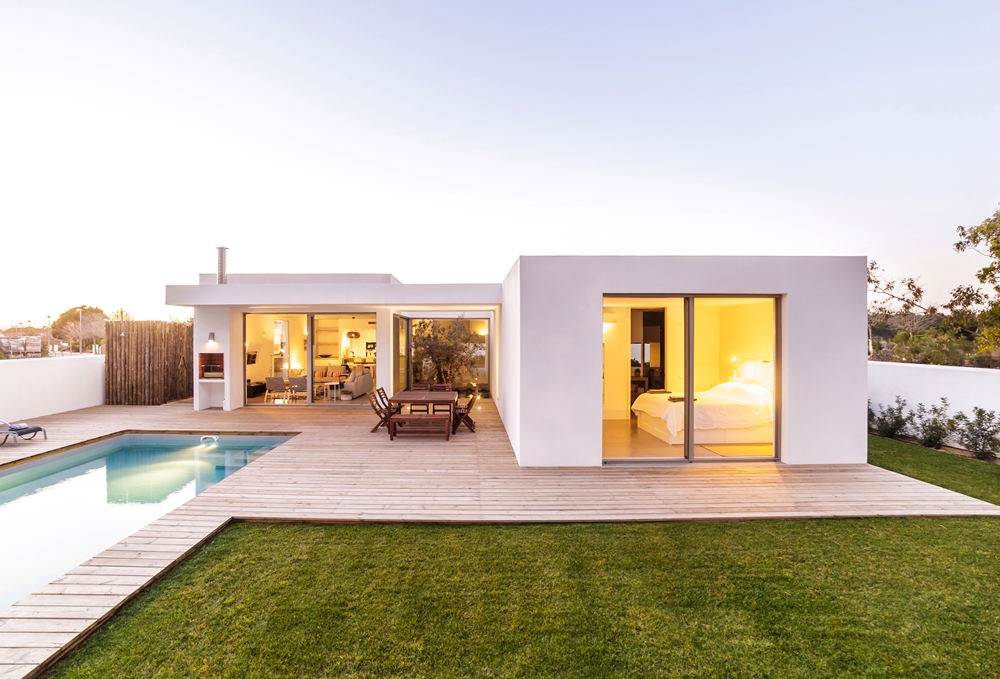please fill out the form. We're ready to receive your message.

The release date:2020/9/3 0:00:00
Despite common belief, the concept of home automation isn’t that new. For over a century, science fiction has imagined our future homes as completely automated and with robots helping us with household chores. The prolific science fiction writer Ray Bradbury went as far as to imagine an automated home that continues to work despite no one living in it.

The technology that has shaped our perceptions of home automation for so long is now more convenient and affordable than ever. However, not everything looked the same over a century ago. For example, did you know that many date back the creation of a small-remote controlled toy as the first example of the Internet of Things surrounding us?
Home automation happened quite a while ago. Let's take the time to trace back the significant events that shaped the idea of home automation as we know it today.
● 1868: Nikola Tesla's First Remote Control
Way back in 1868, Nikola Tesla created the first remote control to operate a toy boat. Tesla found a way to use radio waves to send instructions from a handheld device to his boat directly. Before overlooking this as not that impressive, consider that this handheld device was the first example of a readily accessible consumer-oriented automation.
● 1901 - 1920: The Invention of Home Appliances
The invention of home appliances was an incredible achievement in the early twentieth century. Although not smart, they were still a step further into home technology that would revolutionize domestic maids' lives for the better. These achievements began with the first engine-powered vacuum cleaner in 1901. A more advanced electricity-powered vacuum cleaner was created six years later. Within the following two decades, many more appliances boosted the domestic apparatus of families in developed countries. Take, for example, refrigerators, clothes dryers, washing machines, irons, toasters.
● 1933: Home of The Future
The Century of Progress International Exhibition (Chicago World's Fair) gave visitors a look at the Home of the Future. It still looked like a science fiction portrait, considering that the technology back then was not that advanced.
● 1968 - 1969: The ECHO IV And The Kitchen Computer
Despite never being commercially sold, the ECHO IV was the first actual home automation device. Invented by an engineer named Jim Sutherland, it could construct shopping lists, monitor the home's temperature, and control appliances. One year later, the Kitchen Computer was released. It was a smart device that could store recipes, but unfortunately, it never took off for its prohibitive price. 1969 was also the year that saw the creation of ARPANet, which can be considered the Internet's precursor. With the development of this technology, appliances became more advanced and gained new essential functions.
● 1971: The Microcontroller
With the invention of microprocessors, technology became instantly more affordable. The price of electronics and home appliances decreased, and so we started seeing more of these devices appearing on store shelves.
● 1975: X10 Home Automation Project
The X10 devices used the pre-installed AC wiring of a house to control small appliances and lighting fixtures. It was one of the significant steps forward to more advanced home technology.
● 1984: The Creation of the Term "Smart Home"
The term "Smart Home" was coined by the American Association of House Builders in 1984. Back then, however, it still sounded like a dream worth of the best science fiction novels.
● 1991: Gerontechnology
"Gerontechnology" is the combination of "gerontology" and "technology," and it consists of employing technology to make the lives of senior citizens easier. This trend started in the 1990s, and it quickly spread as a potential life-saver for elders living alone.
● 1996: The Clapper
The Clapper was an electrical switch operated through sound, and in particular, with a clap. It would also be activated through coughing, dog barking, and door slamming. The Clapper is considered one of the most iconic inventions for smart home technology of the 20th century.
● 1998: The Millennium House
In 1998, a British show-home called "the Millennium House" showed visitors how to automate a house. It was the first proof that a home could be automated with computer-controlled heating, security, lights, doors, and gardens.
● The late 1990s - Early 2000s: Home Networking
Home automation became more popular in the late 1990s and early 2000s when Internet connectivity made smart home technologies more affordable. Domestic technology (also known as "domotics") became more commonplace, and household appliances were more often connected to computers.
● 2014: Amazon Echo
In 2012, 1.5 million automated home systems were in place. Two years later, Amazon released its Amazon Echo technology specifically for Prime members. Alexa was, in other words, the first example of a smart home hub.
● The Present and the Future
Smart technology is now more integrated into homes than ever before. This speaks of higher convenience, security, and energy efficiency. The latest trends in home automation will drive us toward more increased connectivity and interactivity. Think of remote mobile control, automated lights, automated thermostat adjustment, scheduling appliances, mobile/email/text notifications, and remote video surveillance. Whether you are away for a business trip, your children's school schedules or other social activities, higher connectivity between your home devices means more convenience, control, and safety of any part of your property. In other words, with fewer worries, you can focus more on enjoying your life.

Smart homes now are becoming increasingly more secure by alerting you in real-time of any intruders. A more interconnected network of smart devices means that you are living a greener and more sustainable life without unnecessary waste of energy.
Make Your Home Future-Proof with Smart Home Technology from HDL
Now that you know more about the history of home automation, it's time to bring your home back to the future with the latest smart home technology. If you think you are ready to make your home smarter, HDL has a lot to offer in the way of affordable and reliable home automation.
Contact us to make your house a smart home today!



